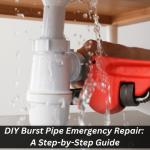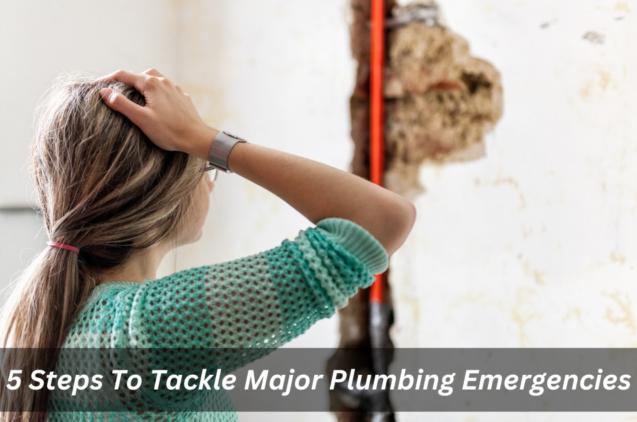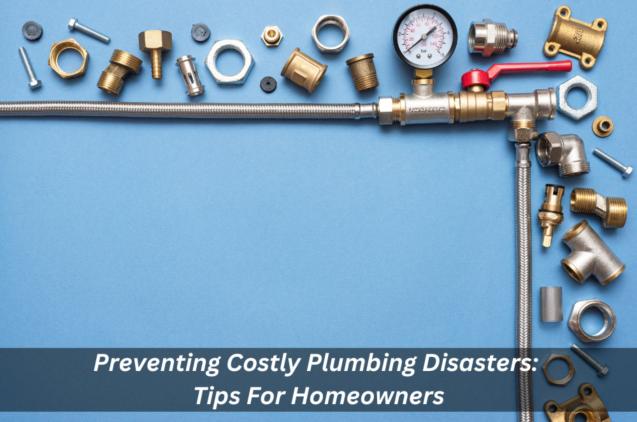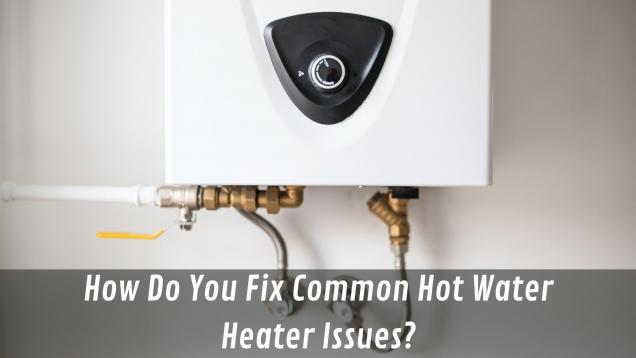
DIY Burst Pipe Emergency Repair: A Step-by-Step Guide
Thankfully, there are a few things you can do to mitigate the damage caused by a burst pipe. In this DIY burst pipe emergency repair guide, we will discuss a step-by-step guide that will walk you through the process of fixing a burst pipe, so you can handle any plumbing emergency at home with confidence. With a few simple tools and the right guidance, you can attempt a DIY emergency repair that could save you time, money, and hassle.
Safety Precautions and Materials needed
Broken pipes, burst water pipes, and water leaks are some of the most common emergencies that homeowners and businesses face. It is important to take safety precautions when dealing with such situations to prevent any further damage and minimize risks of injury. To successfully fix a burst water pipe or emergency burst pipe, there are several materials you will need.
- Bucket
- Pipe cutter or hacksaw
- Hose repair kit
- Pipe clamp
- Epoxy putty
- Towels
- Pipe wrench
- Sandpaper
Identifying the location of a burst or leaking pipe is crucial for emergency repair. The first step is to shut off the main water supply and then inspect the visible pipes for any signs of damage or leaking. If the source is not immediately visible, it may be necessary to use a leak detection tool or consult with a professional plumber to locate the exact location of the problem. Acting quickly to identify and repair the issue can prevent further damage and potential water loss.
Turn off the main water supply
Once you have identified the location of the burst pipe, turn off the main water supply to your house or building. The water meter is usually located outside the house near the street. Rotate the valve handle clockwise until it is completely closed. This will stop the water flow and prevent further damage.
Drain the water from the affected area
Next, drain the water from the affected area. Open all faucets, both hot and cold, and flush all toilets to drain any remaining water. Use towels and buckets to soak up excess water and avoid further water damage.
Seal the burst pipe with a clamp
To seal the burst pipe, you will need to use a pipe clamp. Cut the damaged section of the pipe with a pipe cutter or hacksaw.
The cut should be at least an inch away from the burst area. Use sandpaper to smooth the edges of the amount. Place the clamp over the burst area and tighten the screws with a pipe wrench to create a watertight seal.
Use epoxy putty as a temporary solution
If a pipe clamp is not available, you can use epoxy putty as a temporary solution. Epoxy putty is a two-part adhesive that hardens quickly and can be used to seal small cracks or holes in pipes.
Knead the putty until it is pliable and apply it to the burst area. Use your fingers to shape the putty into a smooth surface. Allow the putty to harden for at least 30 minutes before turning on the water supply.
Call a professional emergency plumber
Although a DIY emergency burst pipe repair can be a short-term solution, it is best to call a professional plumber to address the issue and prevent future problems. A professional emergency plumber has the necessary tools, expertise, and experience to identify the root cause of the burst pipe and ensure a long-lasting repair.
Prevention tips to avoid future burst pipes
Signs you need to call a plumber asap include low water pressure, unusual water discolouration, and unusual noises, but prevention tips such as insulating pipes, keeping a consistent temperature in your home, and repairing any leaks immediately can help you avoid future burst pipes. Preventing burst pipes is crucial in avoiding potential water damage and high water bills. Here are some tips to avoid future burst pipes:
- Insulate pipes in areas prone to freezing temperatures.
- Maintain proper water pressure to avoid excessive strain on pipes.
- Regularly inspect pipes for damage or signs of wear and tear.
- Have your hot water system checked regularly by a professional to ensure proper functioning.
- Only flush toilet paper and human waste down the toilet to avoid clogged pipes.
Conclusion and wrap-up
In conclusion, a burst pipe emergency can happen unexpectedly and can lead to significant water damage and high water bills. It is essential to identify the location of the burst pipe, turn off the main water supply, and drain the water from the affected area before attempting any repairs.
A pipe clamp or epoxy putty can be used as a temporary solution, but it is recommended to call a professional plumber for a long-lasting repair. Finally, prevention is key to avoiding future burst pipes, so regular maintenance and inspections are crucial in ensuring the proper functioning of the plumbing system.



